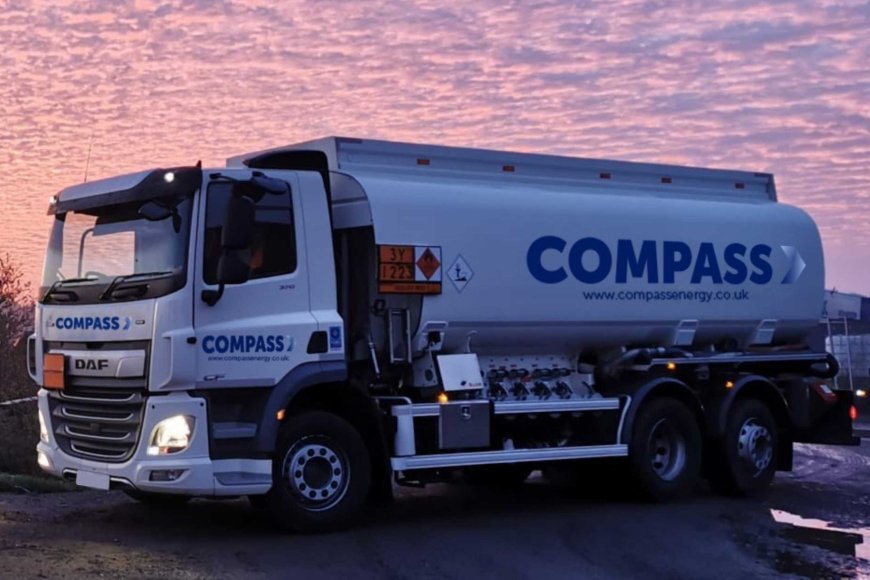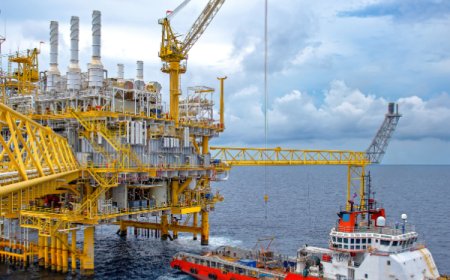Fuel Types 101: The Power Behind Our Everyday Energy

Energy is the backbone of modern life, fueling everything from cars to factories, homes to smartphones. But have you ever wondered what kinds of fuels power our world? Fuels come in many forms, each with unique properties, advantages, and environmental impacts. Understanding the types of fuels helps us appreciate how energy is produced and why the future lies in cleaner alternatives.
This article breaks down the main fuel categories: solid, liquid, gaseous, and alternative fuels, each playing a crucial role in our daily lives.
Solid Fuels: The Ancient Energy Source
Solid fuels are some of the earliest types of fuels humans have used. These materials burn in their solid state, producing heat energy.
-
Wood: One of humanity’s oldest fuels, wood is still widely used for heating and cooking, especially in rural areas. It’s renewable when harvested sustainably, but overuse can cause deforestation.
-
Coal: A fossil fuel formed over millions of years, coal powered the Industrial Revolution and remains a major source for electricity worldwide. Despite its abundance, coal burning emits high levels of greenhouse gases and pollutants.
-
Biomass: Organic matter like agricultural residues, sawdust, and animal waste falls under biomass. It is renewable and can be carbon-neutral if managed correctly, making it an important energy source in many developing regions.
Liquid Fuels: Energy on the Move
Liquid fuels are popular due to their high energy content and ease of transport, making them ideal for vehicles and industrial use.
-
Petrol (Gasoline): The fuel most cars rely on, petrol ignites easily and provides quick bursts of energy. However, it contributes significantly to air pollution and carbon emissions.
-
Diesel: Used in trucks, buses, and heavy equipment, diesel offers better fuel efficiency than petrol but produces more nitrogen oxide pollutants.
-
Kerosene: Commonly used for heating, lighting, and aviation fuel, kerosene remains vital in many regions lacking access to electricity.
-
Biofuels: These include ethanol (from sugarcane or corn) and biodiesel (from vegetable oils). Biofuels reduce dependence on fossil fuels and lower carbon emissions when blended with traditional fuels.
Gaseous Fuels: Clean and Efficient
Gaseous fuels burn cleaner than solids or liquids and are widely used for domestic, commercial, and industrial purposes.
-
Natural Gas: Primarily methane, it’s used for cooking, heating, and electricity generation. It emits less carbon dioxide than coal or oil but is still a fossil fuel.
-
Liquefied Petroleum Gas (LPG): A mix of propane and butane, LPG is common for cooking and heating, especially in areas without natural gas pipelines.
-
Hydrogen: Known as the fuel of the future, hydrogen produces only water when burned or used in fuel cells. Its production and storage are challenging, but it offers a promising clean energy source.
Alternative and Renewable Fuels: Powering a Sustainable Future
With growing concerns over climate change, alternative fuels are gaining attention as cleaner, sustainable energy sources.
-
Electricity generated from renewable sources like solar, wind, and hydropower is increasingly powering homes and electric vehicles.
-
Solar and wind energy, while not fuels in the traditional sense, provide renewable power that reduces the need for fossil fuels.
-
Innovative biofuels from algae or waste materials and synthetic fuels are also being developed to minimize environmental impact.
Conclusion
From the crackling logs in a fireplace to the fuel that powers your car, fuels are essential to our daily lives. Each fuel type offers unique benefits and challenges, but the global trend is clear—shifting towards cleaner, renewable sources is vital for a sustainable future. By understanding these fuel types, we become better equipped to make informed energy choices that help protect our planet while powering progress.









































